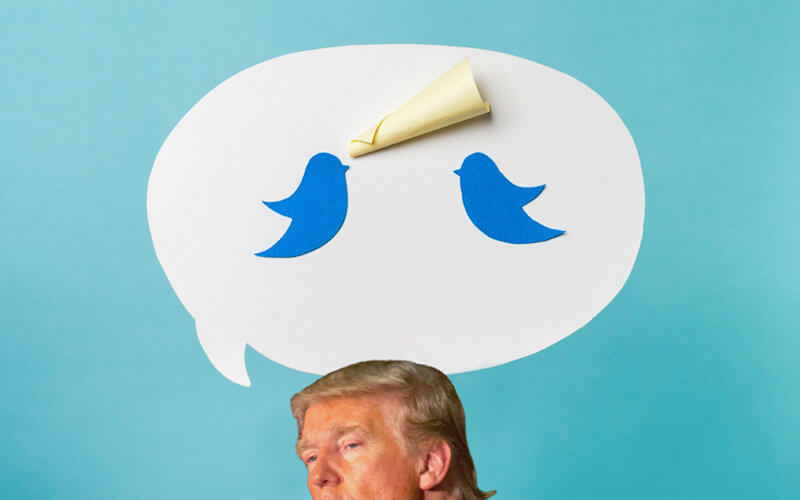
Jason M. Shepard, chair and professor of communications at Cal State Fullerton, offers insight on how the Jan. 6 insurrection at the U.S. Capitol and Donald Trump’s presidency will influence news reporting and social media in the coming years.
How will the insurrection at the U.S. Capitol influence discussions in your communications law classes?
Jason Shepard on Utilizing Real World Experiences in Classroom from Cal State Fullerton on Vimeo.
Sedition is defined as speech or conduct that incites people to rebel against the government or authority. Sedition was not a common category of expression in modern America before Jan. 6. The mob violence at the U.S. Capitol, provoked in part by the president and his supporters, aimed to stop the certification of the presidential election results and has made sedition a relevant issue.
Under what is known as the “Brandenburg Test,” the government can only punish speech as incitement if it is 1) directed to inciting or producing 2) imminent lawless action and 3) is likely to provoke such action. There is certainly evidence that Trump and some of his supporters have violated federal laws that criminalize so-called seditious conspiracy. In many ways, the events of Jan. 6 are a textbook example of how speech can incite violence against the government.
How/why does the media’s coverage of the sedition matter to communications students at Cal State Fullerton?
“Communications Law” teaches students about the role of communications in society and who gets to decide what we read, think, watch and write. Sometimes, it involves studying the events in American history that led to the legal rules we have today.
Using current headlines as examples often helps bring the law to life. Studying the events of Jan. 6 will help students understand how extremist communication can cross the line into unprotected incitement. Students may also understand more about the power and danger of extremist communications.
Have news outlets had to adapt their social media content in any way since Twitter and Facebook began proactively flagging false or alarming posts?
As social media companies step up their efforts to combat extremism, most mainstream news organizations are also trying to find a balance when reporting facts about events without unnecessarily fanning the flames of the incitement resulting from proven falsehoods and conspiracy theories around the presidential election.
Will fact checking remain a crucial part of political news coverage in 2021?
Fact checking is a crucial function of journalism. We’ve seen a lot of excellent examples of journalists fact checking so many false claims about the election and many other political matters in recent years.
The real challenge is that many people don’t trust or get their news from mainstream journalists anymore, so fact checks by journalists don’t necessarily penetrate the news ecosystem like they used to.
How has social media and the president’s use of social media influenced politics and protests?
Jason Shepard Explores Truth and Media from Cal State Fullerton on Vimeo.
Social media and niche media have created echo chambers that increase polarization. These platforms are where conspiracy theories and extremism have flourished. Media scholars have much work to do moving forward to understand paths to reduce extremism and the spread of conspiracy theories and falsehoods.
President Trump will be remembered as the first social media president. He was savvy at bypassing traditional media and speaking directly to citizens on social media. That will be part of his legacy.